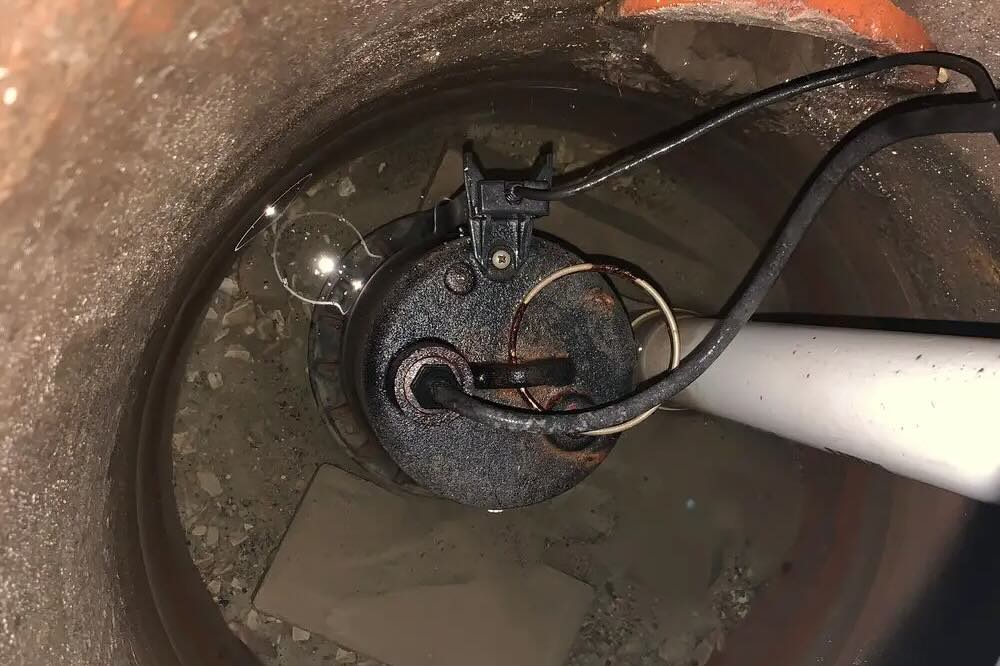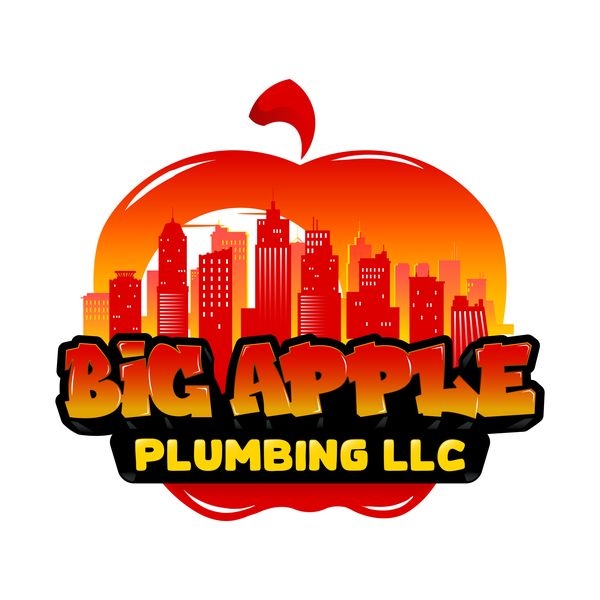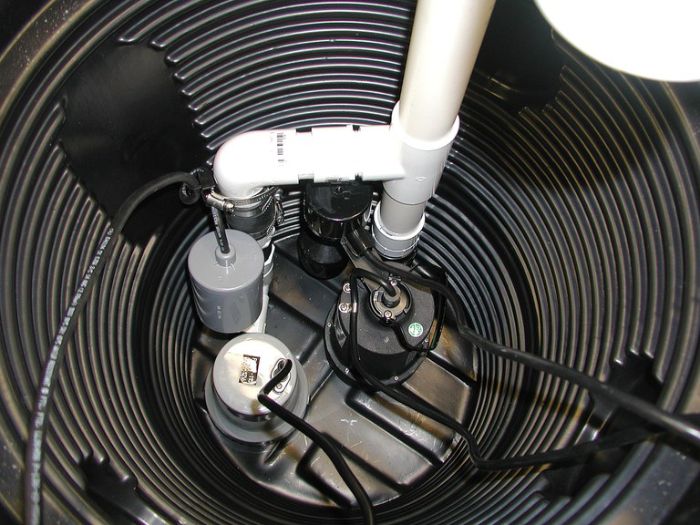In your home’s plumbing system, a silent hero ensures the smooth flow of wastewater: the sewer ejector pump. Hidden in crawl spaces or basements, these essential devices keep your plumbing functional and hygienic. Our sewer ejector repair services in Colorado provide the expert care and maintenance needed to keep these vital components working optimally.
Let’s delve into the world of sewer ejector pumps, understanding their significance and why every homeowner should maintain them.
What is a Sewer Ejector Pump?
A sewer ejector pump is a device installed in basements or lower levels to remove wastewater from sinks, toilets, and other plumbing fixtures. It collects the wastewater in a pit and then pumps it upward into the main sewer line, ensuring efficient drainage even from below-ground plumbing systems.
For homes with basements, sewer ejector pumps are lifelines. Every time you flush a toilet or drain a sink in the basement, the wastewater collects in a pit or basin. The ejector pump activates once the liquid level reaches a certain point, expelling the sewage upward into the main sewer line. Whether your home relies on a septic tank or connects to the municipal sewage system, a properly functioning sewer ejector pump is crucial for maintaining a clean and dry basement.
The Anatomy of a Sewer Ejector System
A typical sewer ejector system includes:
Ejector Pump: The system’s heart, pumping sewage uphill.
Pit or Basin: A reservoir where wastewater collects.
Check Valve: Prevents backflow of sewage into the pit.
Float Switches or Sensors: Detect sewage levels and trigger the pump.
Ventilation System: Maintains airflow and prevents dangerous gas buildup.
Importance of Regular Maintenance
Like any mechanical device, sewage ejector pumps need regular maintenance to ensure optimal performance. Neglecting this upkeep can lead to clogs, malfunctions, and costly repairs. Here’s why maintenance matters:
Prevents Clogs: Regular maintenance helps prevent clogs caused by debris and raw sewage buildup, ensuring smooth operation.
Extended Lifespan: Proper care can extend your pump’s lifespan, reducing the need for replacements.
Health and Safety: A well-maintained pump reduces the risk of sewage backups, which can harbor harmful bacteria.
Scheduling periodic professional maintenance service ensures that your pump is thoroughly inspected and serviced by experts.
Warning Signs of Sewer Ejector Pump Problems

Your basement sewer ejector pump operates quietly in the background, efficiently whisking away wastewater from your basement or lower-level plumbing fixtures. To help you stay ahead of potential problems, here are the key red flags to watch out for:
1. Unusual Noises:
Listen closely to the sounds from your sewer ejector pump:
Grinding or Clunking Sounds: These often suggest mechanical problems, such as worn-out components or debris obstruction.
Whirring or Humming: A slight hum is typical during operation, but excessively loud or persistent humming may indicate motor strain or electrical issues.
Gurgling or Bubbling: These sounds could indicate air pockets or blockages within the pump or discharge line, hindering proper flow.
2. Frequent Cycling:
An efficiently functioning sewer ejector pump activates only when necessary. If you notice the pump cycling on and off frequently or running continuously, it may struggle to keep up with demand. Common causes include:
Overloading: Excessive wastewater entering the system can overwhelm the pump’s capacity.
Float Switch Malfunction: A malfunctioning float switch may fail to accurately detect the water level, causing erratic pump cycling.
Clogged Discharge Line: A clogged or obstructed discharge line can impede the proper flow of wastewater, leading to cycling issues.
3. Foul Odors:
A properly functioning sewer ejector system should contain and expel wastewater without emitting foul odors into your home. If you detect persistent sewage odors near the pump or basement area, potential causes include:
Leaking Seals or Connections: Damaged seals or loose connections can allow sewage odors to escape.
Clogged Ventilation System: A blocked or malfunctioning ventilation system can disrupt airflow, leading to odor buildup.
Sewage Backup: Persistent odors may signal a partial or complete backup within the system, requiring immediate attention.
4. Visible Leaks or Moisture:
Inspect the area surrounding your sewage pump for signs of water leakage:
Puddle Formation: Any pools of water or moisture accumulation near the pump should be investigated promptly.
Dampness or Mold Growth: Excessive moisture can promote mold growth and compromise the structural integrity of nearby materials.
Corrosion or Rust: Signs of rust or corrosion on the pump housing, piping, or fittings may indicate continuous leaks or water damage.
Learn More About: Trenchless Sewer Pipe Repair Sleeve
Ensuring a Smooth Flow: Conclusion
In household plumbing, sewage ejector pump installation plays a crucial role in ensuring the smooth flow of wastewater. Their importance cannot be overstated, from preventing basement floods to safeguarding health and hygiene.
Big Apple Plumbing specializes in sewer ejector pump maintenance and repair services. Our expert technicians promptly diagnose issues and offer efficient solutions.



